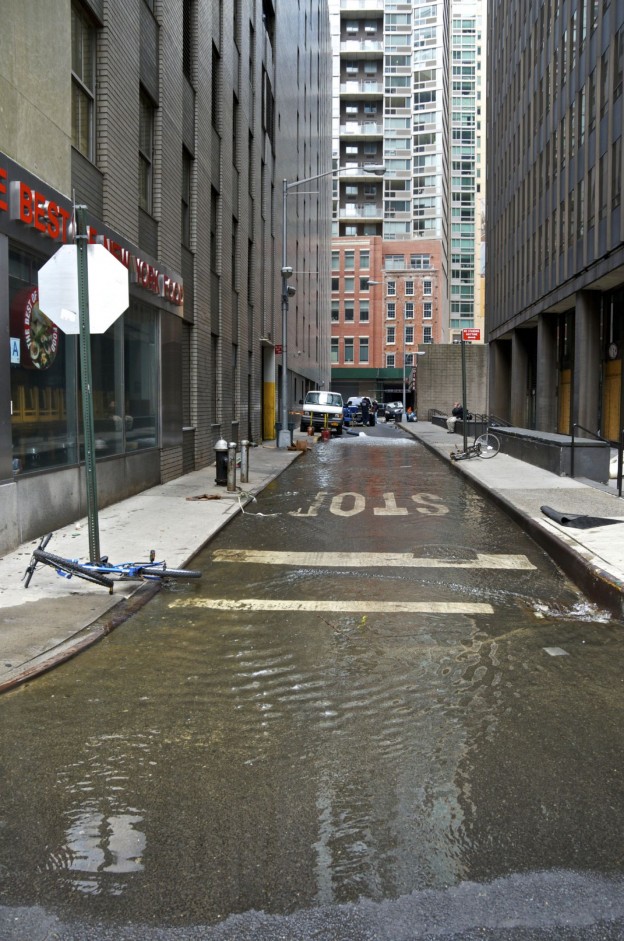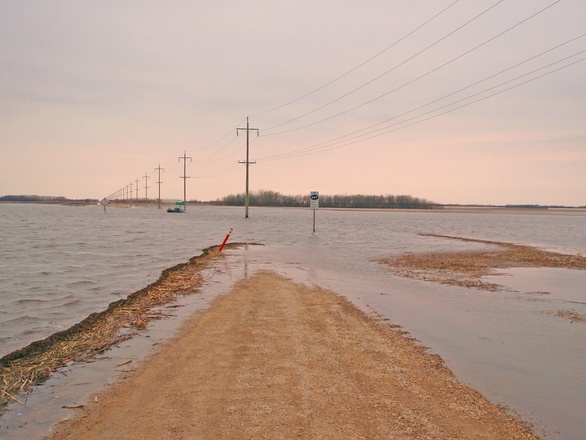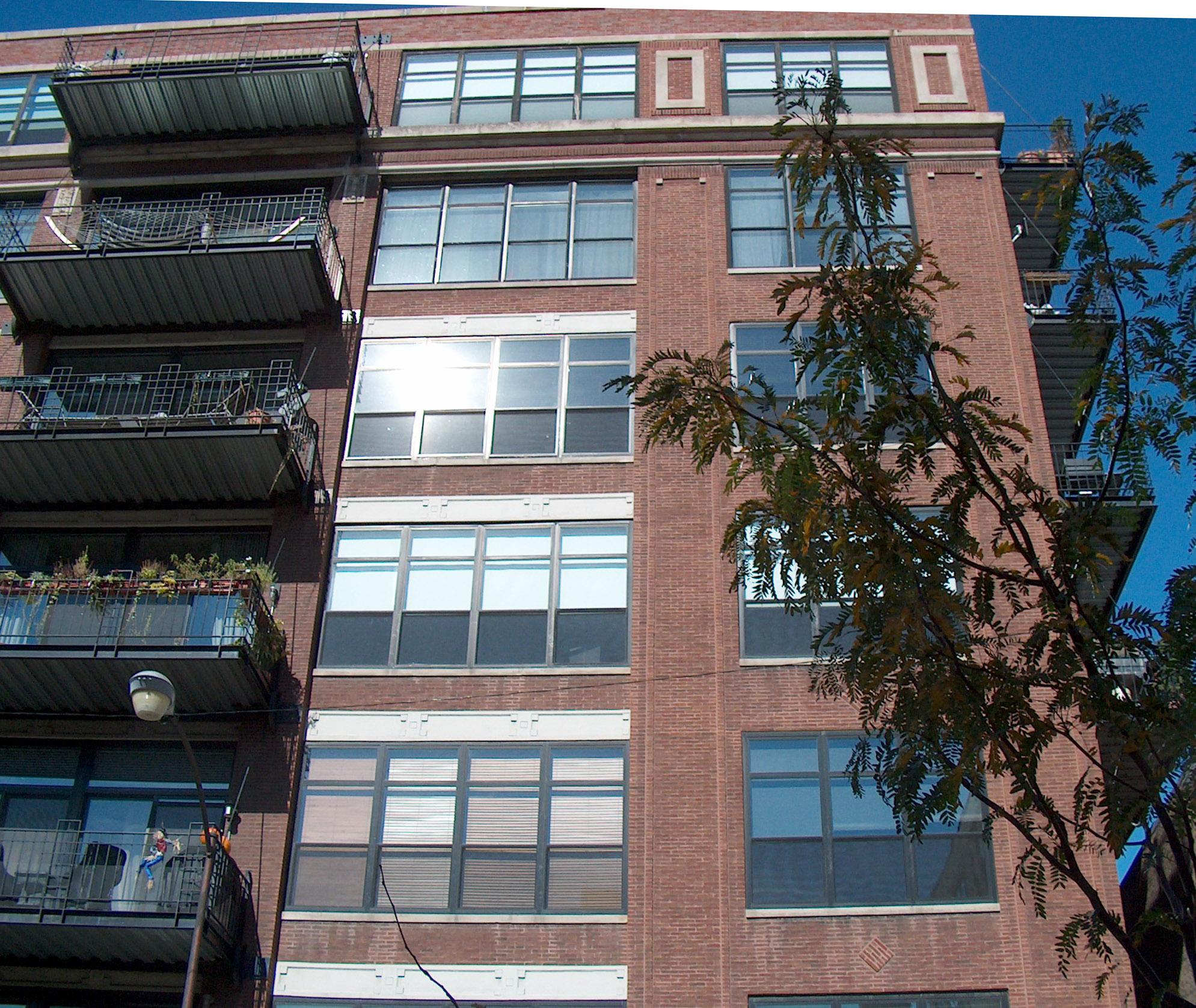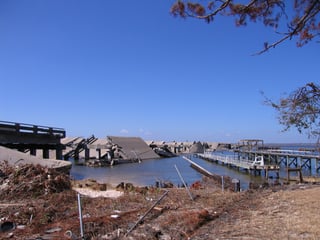
Using Metal Panels to Stand Up to Hurricanes
[fa icon="calendar'] Sep 18, 2017 2:00:00 PM / by Kenneth R Quigley, PE
In areas of the U.S. prone to being hit by hurricanes, like Florida, it is critical that buildings are constructed to stand up to the strength of storms.
Weather-resistant Metal Paneling is one application that is currently being used to withstand the potential damage caused by hurricanes.
According to a recent article in The Construction Specifier, Orlando Veteran Affairs Medical Center, located in a region with a 40% risk of encountering a hurricane, has installed more than 245,000 sf of weather-resistant metal walls, tested to withstand winds from a Category 3 hurricane
As stated in the article, the building features thermal efficiency, moisture control, and weather resistance suitable for the hurricane risk in Orlando, the panels are pressure-equalized along horizontal joints. Insulated metal vertical (IMV) joints are also employed, improving visual appeal by creating the illusion of an uninterrupted façade and minimizing both streaking and staining. All panels used are 22-gage and feature foamed-in-place cores to minimize gaps in insulation.
Continue reading full article here.
Read More [fa icon="long-arrow-right"]
Protecting Infrastructures from Major Floods
[fa icon="calendar'] Sep 14, 2017 4:00:00 PM / by Kenneth R Quigley, PE
Flooding has dominated much of the news in recent years and this hurricane season it seems to be even more prevalent. The impact of this flooding is greater due to growing infrastructure and the rapid rate that new construction is going up.
Concrete is the modern world’s most commonly used building material however century-old concrete structures are outlasting modern concrete structures erected in the last 50-years. Why? One factor is the way in which the buildings are reinforced. According to a recent article in The Construction Specifier, instead of using solid stone, most U.S. infrastructure is constructed of reinforcing steel embedded within poured concrete. As the priorities of construction methods shift to increase productivity and streamline scheduling, long-term durability often takes a backseat.
The following article provides case studies about different reinforcement methods being employed to protect against major flooding. Read more.
Read More [fa icon="long-arrow-right"]
Climate Disasters Cost the U.S. $46 Billion
[fa icon="calendar'] Jan 17, 2017 11:21:13 AM / by Mark McGivern, CSI, Aff. M. ASCE
2016 was recorded as the second-warmest year to date according to NOAA's National Centers for Environmental Information report. According to NOAA, "Some extreme weather and climate events have increased in recent decades." A staggering $46 billion has been spent in damages due to climate-based disasters in 48 U.S. states. Unfortunately, these types of disasters not only cause monetary damages but have taken the lives of at least 138 people.
The yearly report included seven types of climate related disasters, which included droughts, hurricanes, and winter storms throughout the country. The news is opening up new discussions on how best to resiliently build in coastal areas that could be affected and where would the funds come from to pay for such mitigation. Once catastrophes occur, insurance companies and governmental agencies, such as FEMA and states, pay for losses. In addition, individuals absorb losses.

California passes new laws following Berkeley tragedy
[fa icon="calendar'] Sep 20, 2016 8:22:00 AM / by Adrienne K. Paskind, AIA
Berkeley took center stage in June 2015 when six students died tragically and another seven were injured after a balcony on which they were standing on collapsed.
As a result, the California Senate has passed a new law for the construction industry traced back to Berkeley balcony collapse. The bill was passed after a unanimous vote or 37-0 and is intended to close those accountability gaps by bringing stricter oversight to the construction industry.
Read More [fa icon="long-arrow-right"]New Orleans Pushes to Finish Last Big Storm-Surge Project
[fa icon="calendar'] Aug 17, 2016 7:00:00 PM / by Kenneth R Quigley, PE
 Since Hurricane Katrina first hit New Orleans in 2005, work has been ongoing to protect the city from future flooding.
Since Hurricane Katrina first hit New Orleans in 2005, work has been ongoing to protect the city from future flooding.
The Engineering News Record reported that the final step in building the permanent system will be completed in April 2017. As quoted from the article:
The $654-million Permanent Canal Closures and Pumps (PCCP) project now is the last major piece of the $14.6-billion storm risk-reduction system in low-lying New Orleans. The federally funded effort will give the city, which is from 2 ft to 20 ft below sea level, protection from a major storm that has a 1% annual chance of occurring, a so-called 100-year storm.
“The pre-Katrina system was a system in name only,” says Dan Bradley, Corps senior project manager for the PCCP project. “We’ve reduced [risk] by 35% with a true system approach to risk reduction.” Ricky Boyett, district Corps spokesman, adds. “Before, the canals were the first line of defense. Now, they are secondary."
Read more about the system by going to the full article here.
Read More [fa icon="long-arrow-right"]College students study sustainable architecture overseas
[fa icon="calendar'] Nov 12, 2015 11:48:42 AM / by Clark Griffith, AIA
In the current landscape, sustainability and green architecture and building are key. Just as important is learning from others across the globe who are facing similar challenges to those we have in the United States.
Reported by The Argonaut, University of Idaho College of Art and Architecture students went overseas to study sustainable architecture in Scotland, Glasgow, Wales and London, learning about how to integrate sustainable living practices with architectural design.
Read More [fa icon="long-arrow-right"]Flood protection design and construction since Katrina
[fa icon="calendar'] Nov 5, 2015 12:51:08 PM / by Kenneth R Quigley, PE
In the wake of the 10th anniversary of Hurricane Katrina earlier this year, Engineering News-Record reported on the current state of the flood protection system in place, and the changes that have been made since the storm.
"The fact that floodwalls around New Orleans were designed to be overtopped but remain standing says much about the post-Katrina hurricane-protection system that rings the city—and about the risks that those who live within that system still face.
Read More [fa icon="long-arrow-right"]A San Francisco hospital is using a unique substance to prepare for earthquakes
[fa icon="calendar'] Sep 18, 2015 12:21:40 PM / by Kenneth R Quigley, PE
As reported by CityLab last week, a San Francisco hospital is the first to use a unique substance to protect itself from possible future earthquake damage. The 7-foot wide wall panels made of "goo" are embedded throughout the structure to act like a shock absorber for the building.
"It has the consistency of chewing gum, the San Francisco Chronicle reports, and could keep the 15-story California Pacific Medical Center standing and fully operational during an event as big as the 1906 earthquake, which registered a magnitude of 7.8. The hospital, located about 7 miles from the San Andreas fault line, is the first building in the U.S. to use such technology.
Read More [fa icon="long-arrow-right"]
